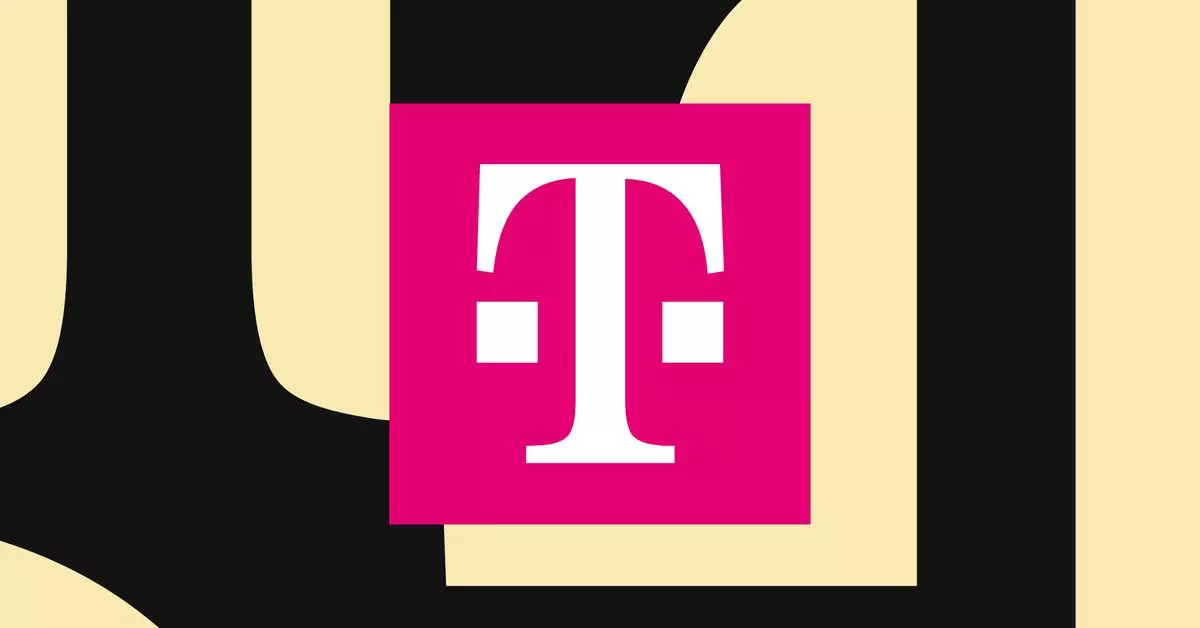In an era marked by increasing reliance on mobile communication, the partnership between SpaceX and T-Mobile to provide direct-to-cell services through Starlink satellites signifies a substantial leap forward in disaster communication. Recently granted temporary approval by the Federal Communications Commission (FCC), this initiative comes just as Hurricane Helene wreaks havoc in the Southeastern United States, particularly in North Carolina, where conventional communication lines have been severely disrupted.
As emergency protocols are activated in response to Hurricane Helene, the primary goal of the SpaceX and T-Mobile collaboration is to restore a semblance of normalcy for communication in affected areas. With flooding creating extensive communication “blackout zones” in North Carolina, the need for reliable connectivity has become critical. The newly activated satellites are now capable of broadcasting emergency alerts to all cell phones across different networks, a feature that could save lives and provide crucial information to those in danger.
Although the initial rollout includes broadcasting emergency alerts, the ability to test basic texting (SMS) functionalities for T-Mobile customers is particularly noteworthy. This limited capability aims to establish whether a full-scale implementation could eventually result in more extensive connectivity services, even under dire circumstances. It’s essential to understand that since SpaceX’s satellite network is not yet fully functional, users may experience inconsistencies in service, as all functions will be performed on a “best-effort” basis.
However, the ambitious service model isn’t without its challenges. Following the deployment of SpaceX’s initial satellites in January, significant pushback has emerged from traditional telecom giants like AT&T and Verizon. These companies have raised valid concerns to the FCC about potential signal interference and the risks posed to their existing cellular networks. Such opposition highlights a critical tension within the telecommunications industry; the push for innovation must be balanced against the reliability of established services.
As the situation evolves, it will be fascinating to observe how this temporary approval translates into long-term strategies for dealing with communication failures during disasters. The data released by the FCC indicates an improvement in service restoration; however, substantial outages persist, emphasizing the importance of this initiative. The introduction of satellite-based communication could redefine the response to not just hurricanes but a range of natural disasters, thereby enhancing overall resilience.
The unfolding narrative of SpaceX and T-Mobile’s collaboration embodies a critical transformation in emergency communication. While lingering uncertainties remain regarding service reliability and industry opposition, the potential for satellite technology to provide a safety net during extreme weather events cannot be overstated. As we navigate the complexities of technological integration and environmental challenges, this partnership could herald a new era of connectivity that transcends traditional limitations. The coming months will undoubtedly be pivotal in determining the success and viability of this pioneering pathway.

